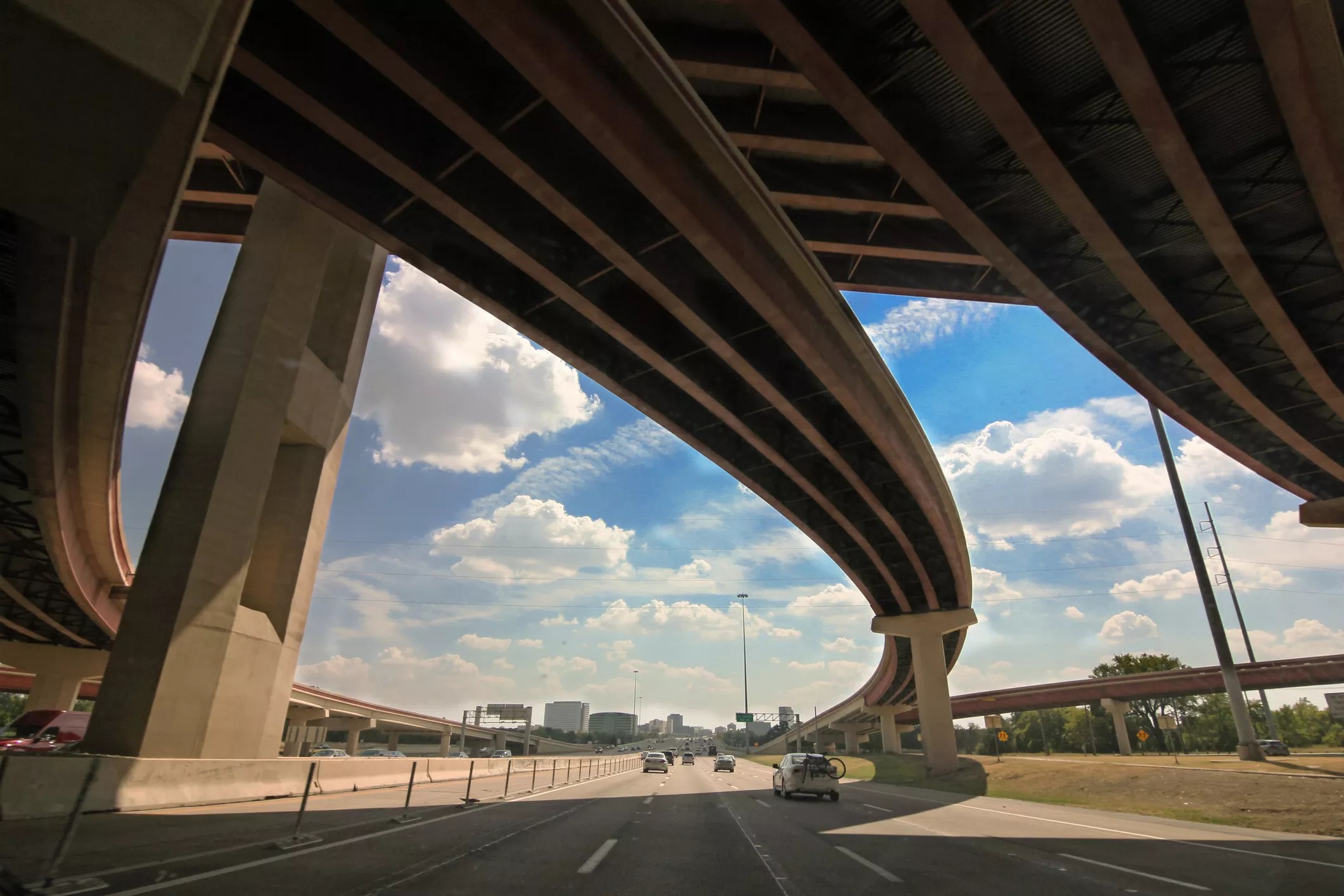
Getty Images

Audio By Carbonatix
A typical DFW family spends more of its income on housing and transportation than those in most other major cities – including San Francisco and New York – according to a new report released by the NYC-based Citizen’s Budget Commission.
Using data from the U.S. Department of Housing and Urban Development, researchers at CBCNY compared the percentage of household income spent on housing and transportation among dual-earner families with children. Among the country’s 20 largest metropolitan areas, Dallas was the fifth most expensive, despite having some of the cheapest housing.
Drew Campbell, a self-professed car guy and executive director of the Dallas Regional Mobility Coalition, an advocacy group that lobbies on behalf of North Texas municipalities for state transportation funding, called the comparison unfair. “It’s really apples and oranges,” he said. Citing Dallas’ much lower population density, Campbell pointed out that part of Texas’ appeal is that it’s actually possible to own a car.
“I’ve seen articles like that over the years, and I’ve always thought they’re absurd. New York is desperately trying to look competitive. But if you’re somebody who wants to own a car, this would certainly not be the place to do it,” he said.
Still, the report isn’t a surprise to researchers like Dr. Shima Hamidi, a former professor at the University of Texas at Arlington, who have been warning about the consequences of urban sprawl on Dallas’ affordability for years. Unlike mortgage or rent payments that arrive in a big bill once a month, she said, the impact of transportation on a low-income family’s budget is often ignored because it’s spread out among many smaller expenses, like insurance, gas and car payments.
Reached at her new job at Johns Hopkins University, Hamidi said the problem boils down to geography: Dallas’ affordable housing is in the south, but low-wage job growth is in the north.
The problem is exacerbated, she said, by a lack of transportation options beyond car ownership. “There’s no other option. Public transit basically doesn’t work,” she said, pointing to data she collected showing that almost all jobs were over 45 minutes away by bus or train for most residents of southern Dallas.
So families resort to cars – plural, because multiple vehicles are often a necessity for dual-income households – which can eat up over a third of a family’s income, she said.
“(I)f you’re like me — a lifelong Texan — you look at DART and you see the promise of the future.” — Drew Campbell
Meanwhile, bus ridership is declining as riders complain that buses don’t come fast enough and don’t get them where they need to go. This year, Dallas Area Rapid Transit is beginning a long-awaited redesign of the system that will likely eliminate some less-used routes but increase bus frequency on others.
Still, there’s more DART and the city can do, explained Hamidi. She wants the two entities to work together to tackle the affordability problem by encouraging development near transit hubs.
She points to a recent study that showed strategic rezoning along a new light-rail line in Portland, Oregon, resulted in a significant decline in car usage. Dallas should surround its transit stations with affordable housing, she said, not parking lots.
Campbell doesn’t think it’s fair to compare DART, which was established in the 1980s, with transportation systems in other cities. “If you come here expecting the mass transit in Washington, D.C., you’re going to be disappointed. But if you’re like me – a lifelong Texan – you look at DART and you see the promise of the future.”
He points to autonomous cars and Uber’s pilot of “aerial ride-sharing” in Dallas as an example of how technology is going to change transportation in the near future. That, combined with an influx of younger urban-dwellers, will create natural demand for new transportation services, he said.
“It’s very exciting. I’d rather be here than New York City, I’d tell you that,” he added.
Miguel Solis, executive director of the Coalition for New Dallas, thinks the city needs to take a more proactive approach. He wants Dallas to redesign the city to better accommodate other modes of transportation that exist right now, like walking, for example.
Unlike Campbell, he doesn’t think you can have it both ways. “You either decide you’re going to put a premium on transit or you don’t,” Solis said. His organization is advocating for tearing down Interstate 345, the freeway bridge dividing downtown and Deep Ellum, and lobbying DART to funnel more resources into public transit within the city limits.
Dallas is on the verge of becoming a “superstar” city, Solis said, referring to the theory that the consolidation of creative innovation in a few regional hubs is driving inequality. He thinks Dallas could learn a few lessons from its peers on the coasts, which are now facing severe housing crises and heightened tensions between the haves and have-nots.
Fortunately, Dallas has a chance to get things right. “There’s still room for course correction,” Solis said.
“I keep coming back to housing and transit, because it’s really those two things – coupled with the city’s quality of education – that can make or break you.”